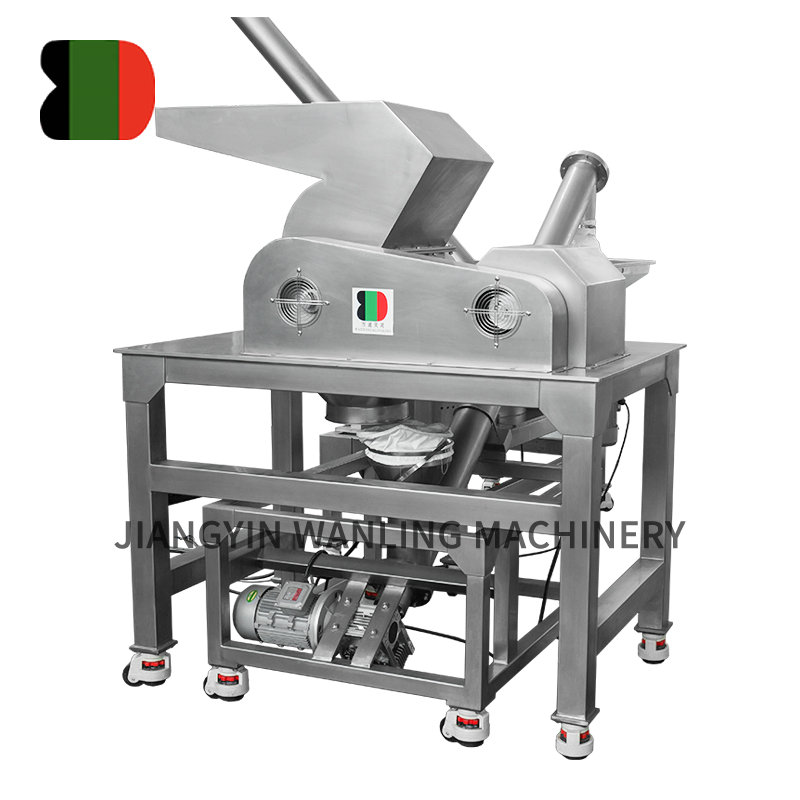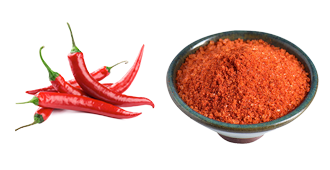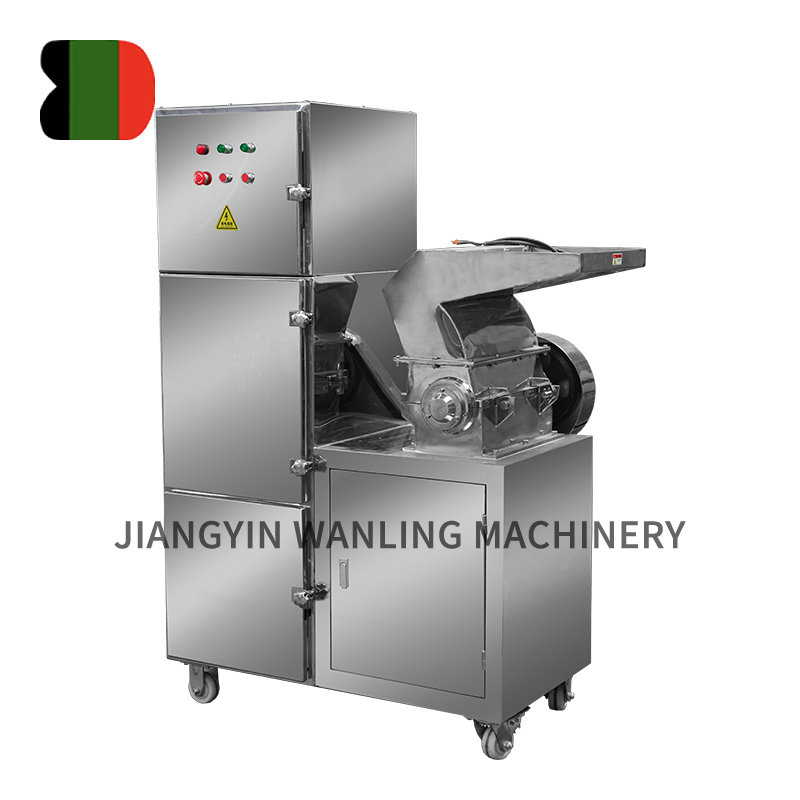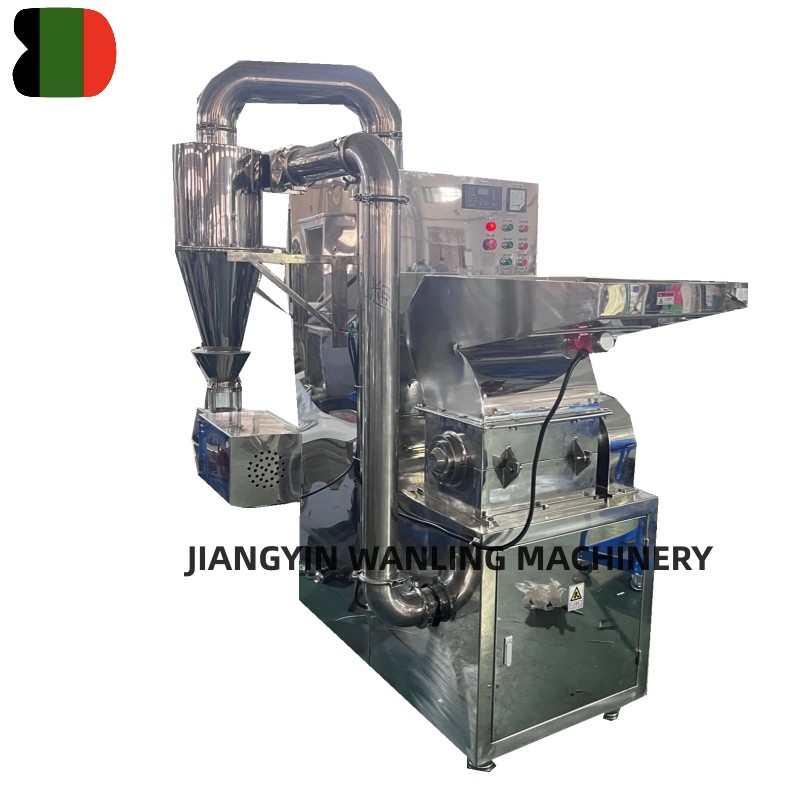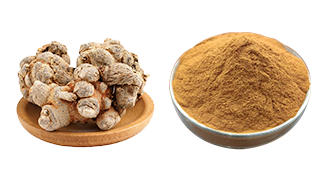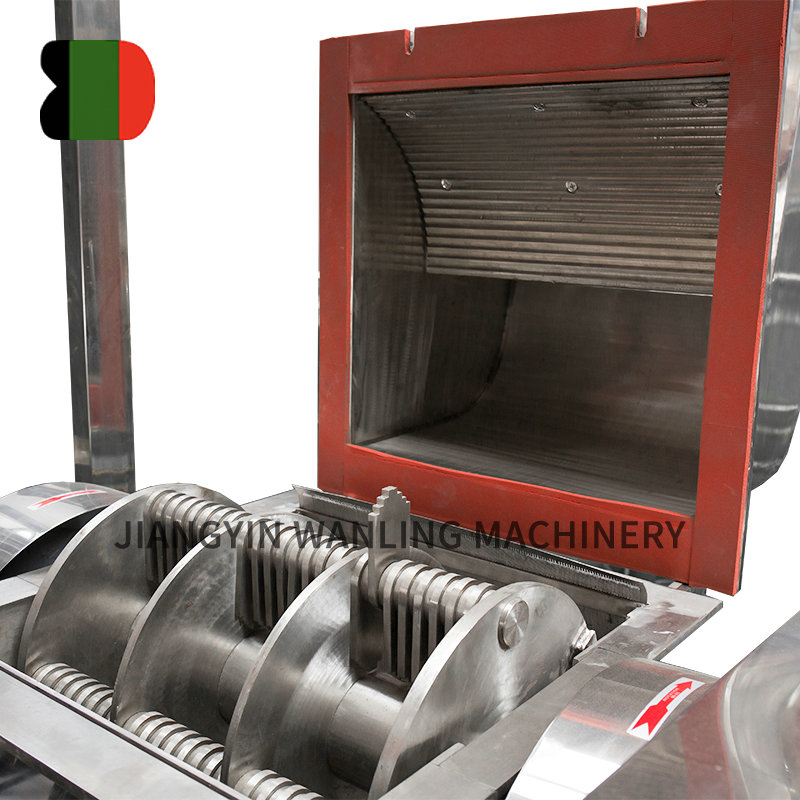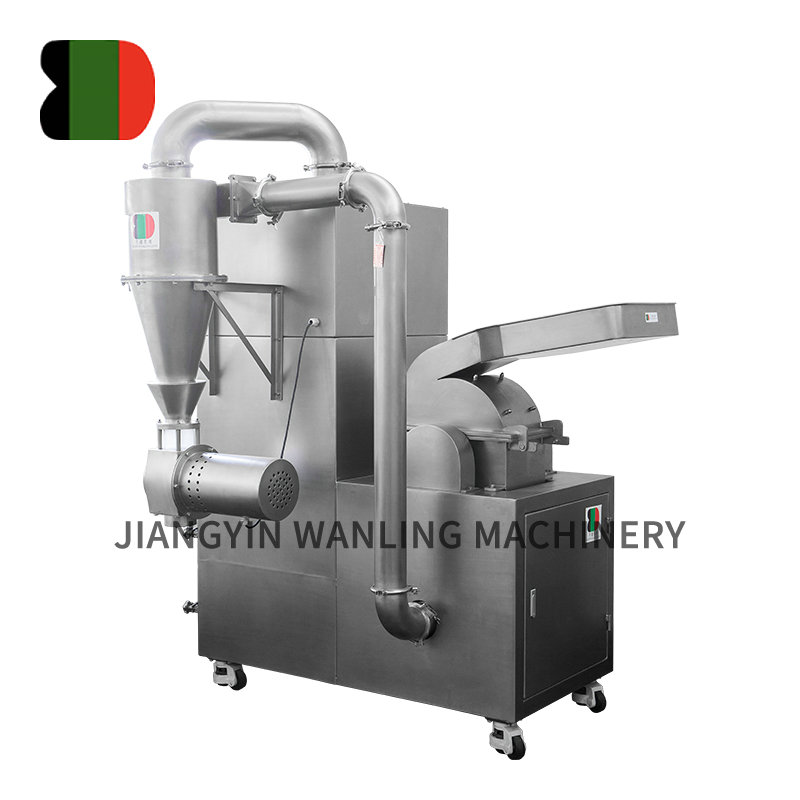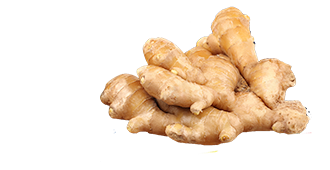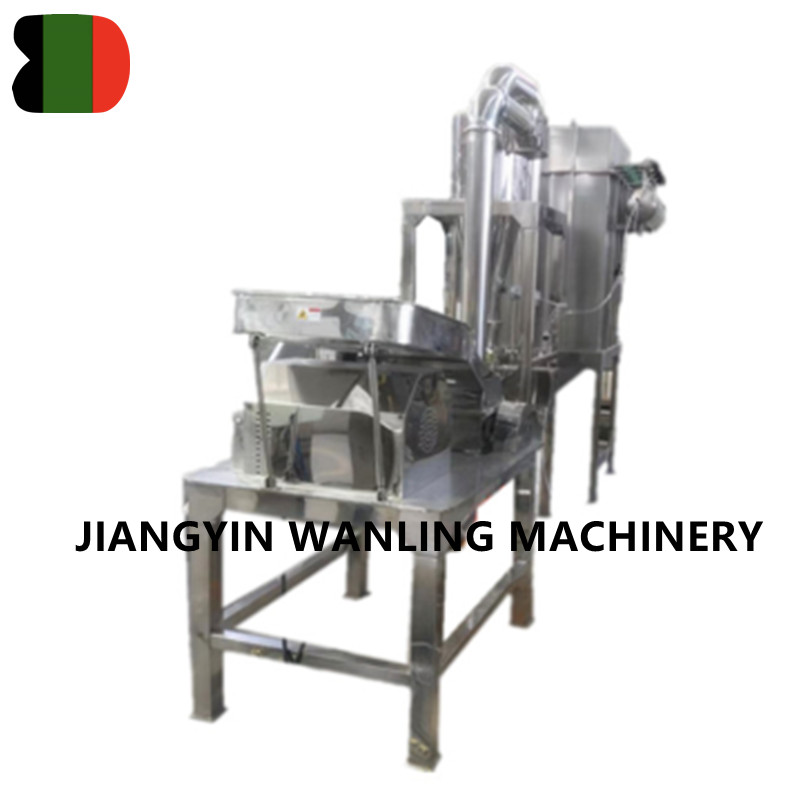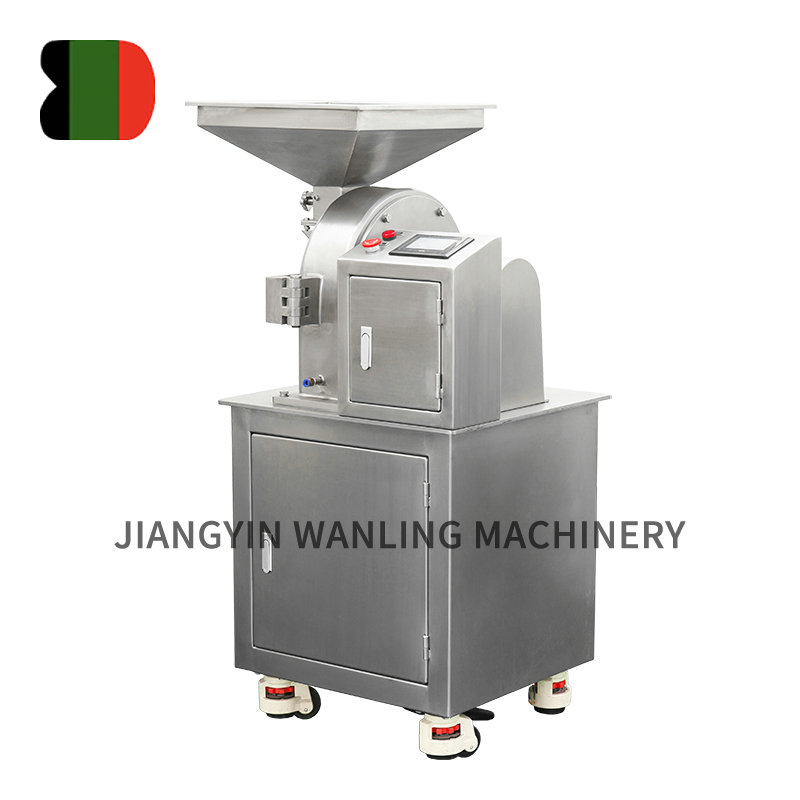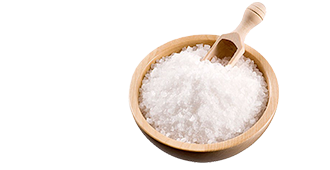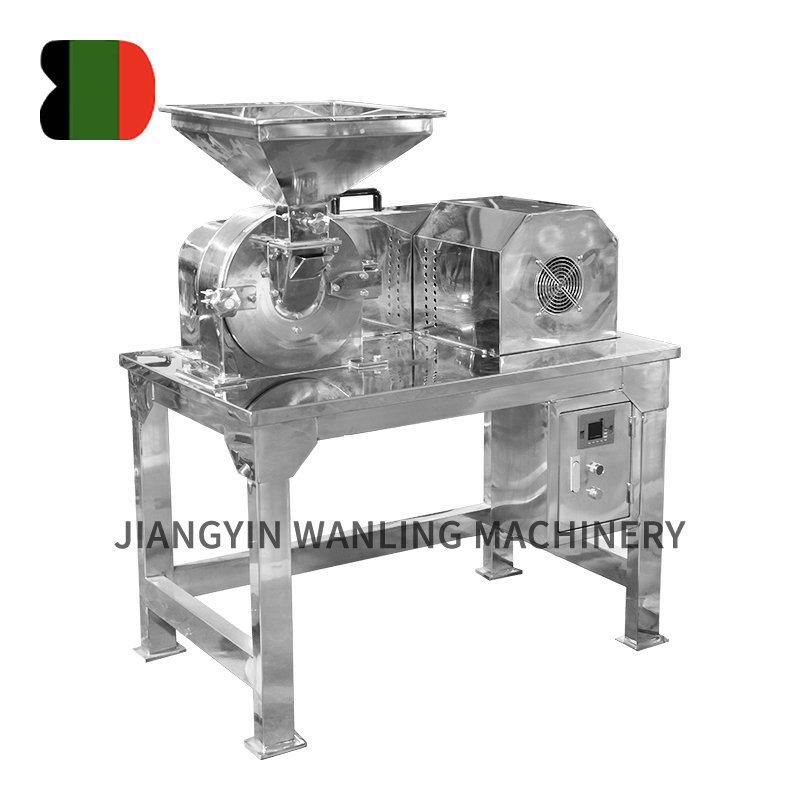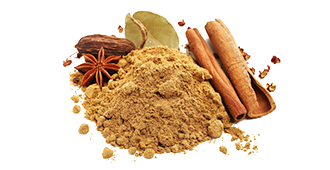The choice of binder plays a critical role in the granulation process within a Rapid Mixer Granulator (RMG). The binder's function is to facilitate the adhesion of powder particles, converting them into granules with the desired properties for tablet formation. Here’s how the binder influences the granulation process:
Granule Formation and Strength
Binding Powder Particles: The binder helps hold the powder particles together, forming granules. A stronger binder will produce harder, more cohesive granules, while a weaker binder will result in softer granules.
Granule Hardness: The amount and type of binder determine the mechanical strength of the granules. This is essential to ensure that the granules can withstand subsequent processing steps, such as drying, compression, and coating, without breaking apart.
Granule Size and Uniformity
Influence on Particle Size: The binder affects the size and uniformity of the granules. A well-chosen binder can lead to more uniform wet granules, which is important for producing tablets with consistent weight, drug content, and dissolution properties.
Viscosity of Binder Solution: The binder’s viscosity plays a role in determining how well it spreads through the powder mixture. Low-viscosity binders may not effectively agglomerate the particles, while high-viscosity binders might lead to the formation of oversized granules or lumps.
Granule Flow Properties
Improved Flowability: By binding the powder particles together, the binder can improve the flow properties of the granules. This is critical in ensuring smooth and accurate filling of tablet molds or capsules during production.
Reduction of Dust: The binder reduces the amount of dust in the granulation process by binding fine powder particles, minimizing the risk of segregation or contamination during further handling.
Impact on Dissolution and Bioavailability
Controlled Drug Release: The binder influences the dissolution rate of the active pharmaceutical ingredient (API) in the final tablet. Hydrophilic binders can increase dissolution rates by promoting faster disintegration, whereas hydrophobic binders may slow down the dissolution process, useful for controlled-release formulations.
Bioavailability: Since the binder affects how the tablet dissolves, it plays a role in the drug’s bioavailability. Choosing the right binder ensures that the API is released at the desired rate for optimal therapeutic effect.

Impact on Wetting and Mixing
Wetting Properties: A binder with good wetting properties helps ensure that the powder particles are evenly coated during the granulation process, leading to more homogeneous granules. Poor wetting can result in uneven granule formation.
Mixing Efficiency: Binders that disperse well within the mixture allow for efficient mixing, ensuring that all particles are uniformly bound. This reduces the likelihood of having weak spots or inconsistent granules within the batch.
Processing Parameters
Adjustment of Process Variables: The type and concentration of binder can impact how the RMG operates. For example, more viscous binders may require higher impeller and chopper speeds to ensure proper granulation. Process parameters like mixing time, granulation speed, and drying time may need adjustment based on the binder properties.
Compatibility with Other Ingredients
Interaction with Excipients: The binder must be compatible with both the active ingredients and other excipients in the formulation. Incompatibilities can lead to poor granulation, reduced tablet stability, or unwanted chemical reactions.
Optimization for Different Formulations
Choice for Immediate or Controlled Release: In immediate-release tablets, a binder that dissolves quickly is preferred to ensure fast disintegration of the tablet. For controlled-release tablets, binders that form a slower-dissolving matrix are chosen to regulate the release of the active ingredient.
The binder in an RMG is crucial for determining the quality, strength, flowability, and dissolution behavior of the granules. The right choice of binder ensures that the granules are consistent and meet the required specifications for tablet production.



 Español
Español